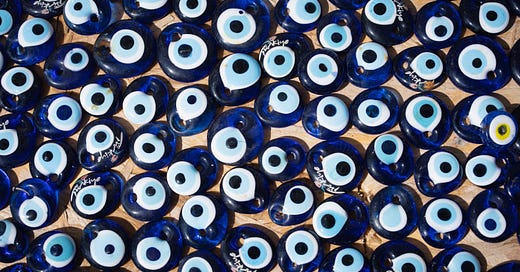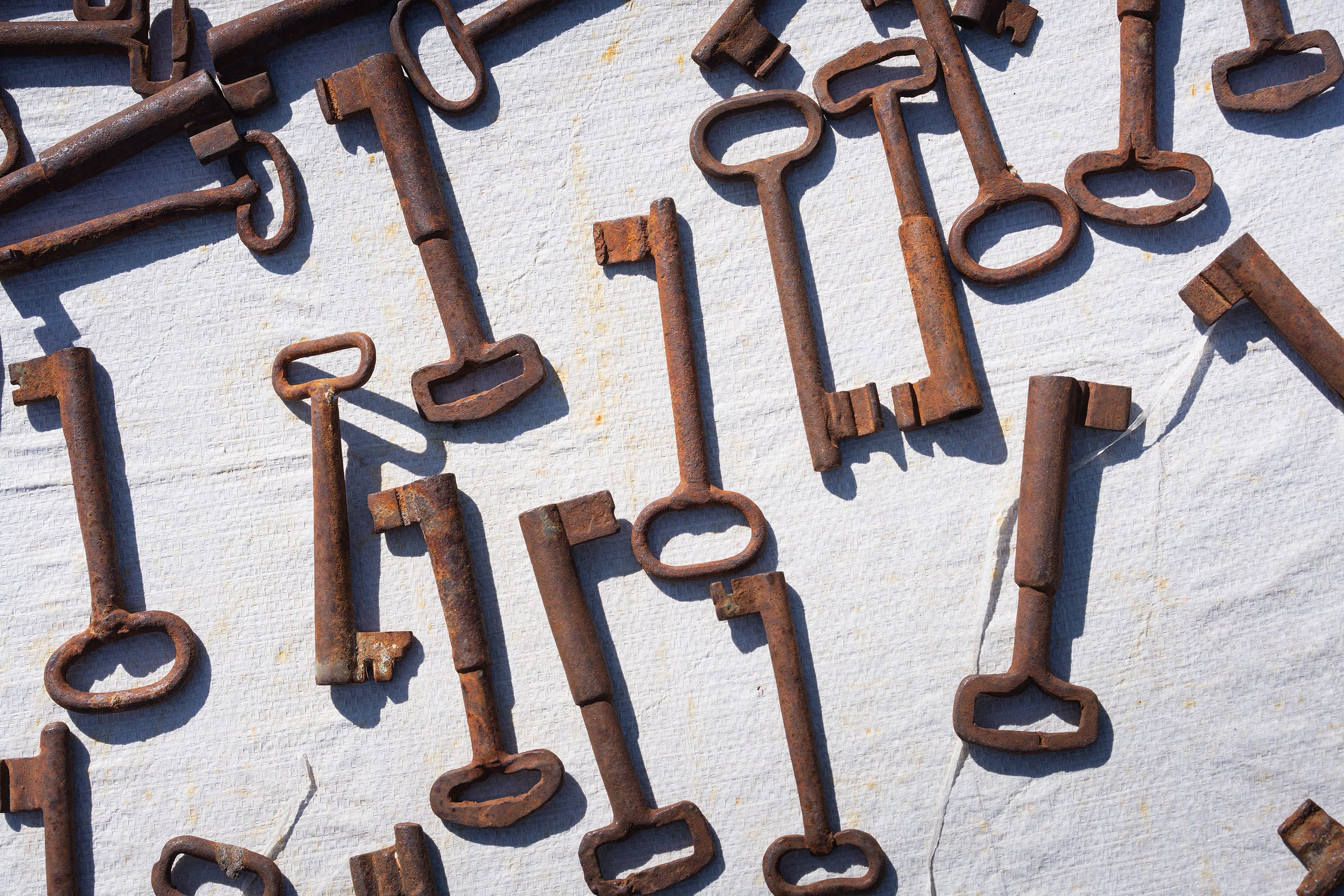As a tool, the camera has evolved to the point that it doesn’t need us. Sure, it’s nice to have someone carrying it around, pointing it in the right direction and pushing the button now and then, but at this point technology could easily solve those problems and completely remove the human component from the picture capturing process.
Stanley Kubrick (a guy who started out as a still photographer) made a film, 2001: Space Odyssey, that explored this idea. The plot goes like this; ape-like creatures start using tools, the act of using tools turns them into humans, eventually the tools they invent start to use them as tools, and then, they evolve to the point where they don’t need tools.
At this time, it’s important to discuss photography’s history before the recent rise of artificial, image-generating, intelligence.
Photography was a technological leap from the get-go. That’s why the paint-based artists, the vast majority who were employed to faithfully capture realistic scenes of people and places, were so threatened by it. Photographers could capture reality faster, cheaper and more real.
In response, the paint-based artists argued that photography wasn’t a real art, just a mechanical process, but they didn’t stop there, they started making art that expressed their impression of reality, instead of just realistic reality.
Sadly, photographers, being the copycats that they are, mimicked this move and tried to make photography that looked like paintings. A mistake that photographers, perhaps still burdened by the Pictorialist’s legacy, continue to make today.
Why is it that when faced with craft altering technology, photographers embrace it, mimic what the “real artists” are doing and then abandon the thing that makes what they do so special? This happens again and again. Remember Cokin filters anyone? How about the Hosemaster?
This is a pattern. It’s what we do. Maybe, because our craft is technology based, we are fascinated with technological advancements when we should be concentrating on the intellectual side of things.
At a certain point, photographic technology got good enough, but instead of engaging our brains to make what we do better, we focused on making it easier. For a group that needed to think more, we decided to think less.
Thinking less allowed us to disengage as a viewer. Our brains didn’t need to be completely engaged in the technical side of the picture making process, so being lazy, tool dependent humans, we stopped thinking about the artistic side too. We proved the paint-based artist of yesteryear right, and today photography is just a mechanical process, a tool that doesn’t need an ape around to push its button.
I’m guessing that Kubrick, a guy who put some thought into his images, both moving and still, would agree.
As photographers, we always have and remain to this day, our own worst enemies. As an important gallery specializing in documentary photography closes in London, modern “photographers” are using artificial intelligence to create images to hang in “photographic” galleries around the world. These new pictorialists are being congratulated and the galleries hanging them aren’t shutting their doors (at least this weekend).
Here’s the thing, there’s no reason to look at images created by a machine, but there’s also no reason to look at most images created by humans. Remember, paint-based artists couldn’t compete with photography's ability to capture the real. Photography can still do that, but can photographers?
A disengaged witness is not going to produce work that engages an audience.
In the history of photography, there was a sweet spot when the technology got good enough to allow photographers to capture what they were seeing with their eyes. This was a tough development for most photographers, because it forced them to think, no longer could they make a living by just being good at the mechanical side of the photographic process.
Technology both allowed, and forced photographers to capture reality in a way that made it more real to the viewers.
As photographers, we responded by making technically better images instead of images that better connected the viewer and subject matter.
Sure, we made our pictures sharper, more colorful and delivered them faster, but we didn’t make them better. Better is tough. It takes real thought, insight and empathy, elements that can’t be easily calculated, so machines can’t easily duplicate them.
And that’s the key. Making successful images that connect with the viewer, working from the simple premise of… “I saw this, found it interesting and thought you might as well.”… cannot be faked. Not by machines, the clever tools that they are, or disengaged witnesses, which are most photographers.
We need to do better and learn from our mistakes. We need to adapt and concentrate on what we can accomplish, not what our tools can do. The crisis we’re facing isn’t one of artificial intelligence, but one of self-imposed limited intelligence.





